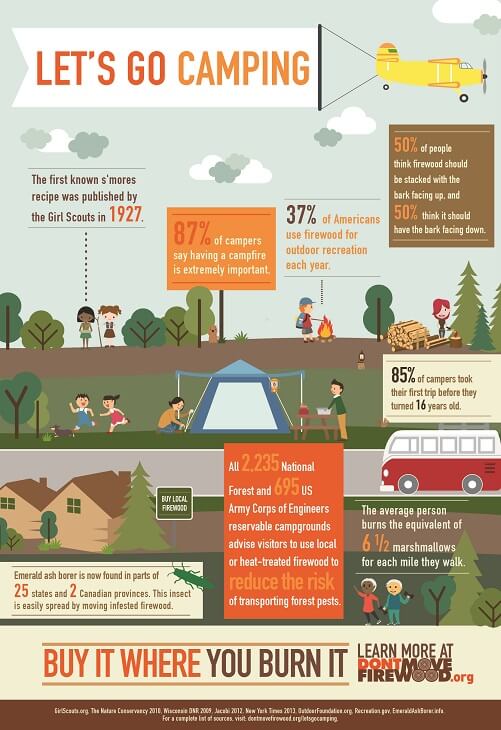If you camp frequently in locations with rocks or sharp downed branches or merely dislike storing a damp, muddy outdoor tents, then a footprint is absolutely worth thinking about. Impacts are likewise relatively cost-effective contrasted to a new outdoor tents.
What is the difference between canvas and nylon?
Lots of camping tent makers provide their very own certain footprints, which are cut to the exact dimension of the outdoor tents flooring. Nevertheless, you can make one yourself with a lightweight textile like polycryo or tyvek.
Climate condition
Whether you need a footprint really relies on the conditions you'll be camping in. If you're backpacking in a place where the ground is typically wet (it's basically unpreventable), an outdoor tents footprint can be a helpful enhancement to your set, as it will certainly stop your tent floor from ending up being soaked.
Nonetheless, if the impact is too big it can serve as a dampness trap and potentially allow water to pool under your camping tent. This can be prevented by seeing to it the footprint is reduced a little smaller sized than your camping tent on all sides.
Generally talking, it's best to obtain an impact from the very same maker as your camping tent to guarantee a specific fit. They additionally have a tendency to be made from thicker, extra sturdy products than DIY options. They can be expensive for something whose single objective is to safeguard the ground beneath your outdoor tents, yet it can be a beneficial investment if you respect the long life of your equipment.
Surface
Several top quality tents can work well without an impact, especially those that have actually bath tub floorings constructed from sturdy products. Nevertheless, the terrain you hike on can have a significant influence on exactly how rapidly your camping tent floor wears. Granite slabs, sandstone and other rugged surface areas put on via all-time low of your outdoor tents much faster than verdant fields or woodland floorings.
An impact or ground cloth assists prolong the life of your tent by acting as a barrier in between the ground and the sewn-in groundsheet of your outdoor tents, states REI senior sales specialist Elizabeth Nguyen. It likewise shields the tent from unpleasant aspects like sharp twigs and rugged rocks that can pierce or tear the sewn-in floor. When picking a footprint for your outdoor tents, it is essential to guarantee it's slightly smaller sized than the tent on all sides. This avoids water from merging in between the camping tent and impact throughout a rainstorm, which could leak right into your tent. The very best option for a footprint is to acquire one developed for your certain outdoor tents, which will ensure a tight fit.
Outdoors Tents with Lower Deniers and Water-proof Ratings
Whether you're a laid-back backpacker or a hardcore traveler, the durability level of your outdoor tents is an important consideration. Outdoors tents created to be ultralight, approaching minimal, frequently compromise some level of longevity in the fabric and materials utilized.
One material specification you'll run into is denier, which refers to the weight in grams of a 9,000-meter length of yarn that comprises the outdoor tents's cover, rainfly, and/or floor. A higher denier spec symbolizes extra sturdy textiles, while lower numbers indicate lighter and less long lasting textiles.
Various other specs to consider consist of floor dimensions, vestibule size, and indoor pockets. The previous reflects the overall square-footage that can be used for habitable area, while the latter can play a role in storage by supplying an area to tuck away equipment overnight and in bad weather. Ventilation is likewise a vital aspect; as you breathe out wetness throughout sleep, it requires to escape, or condensation might build up within. Features such as mesh windows and panels and adjustable rainfly doors help increase air flow and stop this from occurring.
The Expense
The expense of a tent can affect its efficiency, and it is likewise essential to consider how much teepee tents you can manage to invest. Backpackers looking for a lightweight shelter should go for a camping tent with a livability score of a minimum of two stars, and when possible, 3 or even more.
Livability describes exactly how roomy a tent really feels, with clearance and floor measurements playing a large role. Historically, backpacking camping tents utilized steeply sloped walls and marginal space to conserve weight, yet modern products enable designers to give more comfort while maintaining weight reduced.
Storage is one more element to consider, with vestibules and a quick-pitching style helping in reducing configuration time. In addition, the sort of textile finishing and just how the camping tent is stored can influence durability. As an example, a PU layer that breaks down faster when wet, or is subject to duplicated cycles of storing and un-stowing, can substantially reduce the life expectancy of a tent. In a similar way, utilizing a custom impact instead of packing a tent in a careless way will also expand its lifespan.
What is the best wall tent?
